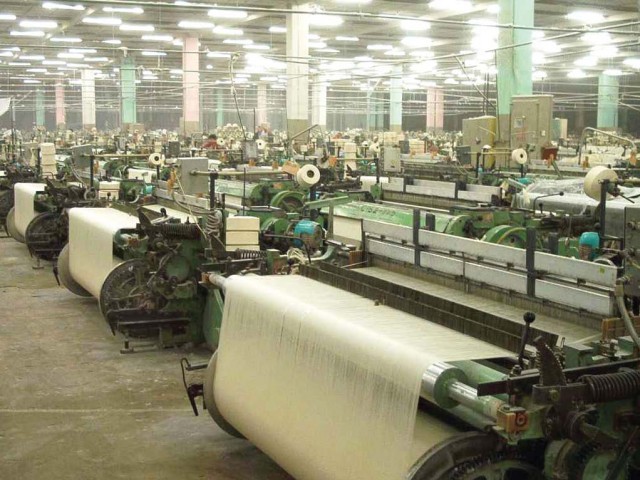KARACHI: Pakistan’s overall textile exports showed a positive trend in first six months of the current fiscal year (up 8 per cent in dollar terms, 9 per cent in rupee terms). Pakistan’s value-added textile sector posted an earnings decline of 15 per cent Year on Year during the first half of 2017-18.
“The decline in earnings is primarily due to lower dividend income on investments. Having said that, core textile profitability improved by 25 per cent,” said Sadiq Samin, an analyst at Sherman Securities, thanking the textile friendly policies introduced by the government over the last one year.
Interestingly, rupee sales of 19 listed textile composite firms improved by 12 per cent to Rs167 billion. The analyst believes that the rupee sales is mainly driven by better volumetric sales and Drawback of Local Taxes and Levies (DLTL) or rebate benefits on various export categories announced by the government over the last year.
Initially, in textile policy 2014-19, government had approved DLTL at the rate of 1 per cent, 2 per cent and 4 per cent on processed fabrics, made-ups and garments, respectively. Only exporters with 10 per cent increase in exports were eligible for this benefit.
However, in the last year, in order to boost exports, the government increased the DLTL rate effectively from the second half of 2016-17 to 5 per cent, 6 per cent, and 7 per cent on processed fabrics, made-ups and garments, respectively.
Subsequently, for 2017-18, the government also allowed 50 per cent of the rate of drawback to be provided to exporters without a condition of increments. While the remaining 50 per cent of the rate of drawback was to be provided if exporters achieved 10 per cent growth in 2017-18.
Interestingly, revenue growth during the first half 2017-18 excludes the impact of Pak rupee devaluation against US dollar and Euro which may be visible during the remainder of this fiscal year.
Lower dividends on investment dragged the overall profitability of the textile composite units by 15 per cent YoY to Rs7.7 billion during the first half 2017-18. During July to December 2016-17, other income was recorded at Rs8.7 billion, while in the same period of 2017-18, other income was recorded at Rs7.7 billion. This decline is primarily due to lower dividends from subsidiary companies of a few textile firms. On the flip side, core textile earnings of these firms grew by an impressive 25 per cent to Rs2 billion during July to December 2017-18.
Within the textile composite units, where majority of firms showed recovery in textile earnings, listed composite denim units (Azgard Nine and Artistic Denim Mills) posted strong recoveries.
During July-Dec 2017-18, the combined revenue of both the denim firms posted a stunning growth of 28 per cent YoY to Rs11.6 billion. This is much higher than the overall textile composite textile firms, thanks to a higher demand for Pakistan denim for both weaving (Bangladesh) and garments (US and Europe).
Therefore, where volumetric growth lifted overall revenues, DLTL benefits also supported revenue growth. Denim exports represent only 15 per cent of the value added textile exports of Pakistan, according to analyst estimates. Though it is relatively small in size but over the last few years, denim exports have significantly improved compared to overall textile exports.
Interestingly, combined profitability of the two firms significantly improved from a loss of Rs82 million in January to June 2016-17 to profit of Rs252 million during January to June 2017-18.




